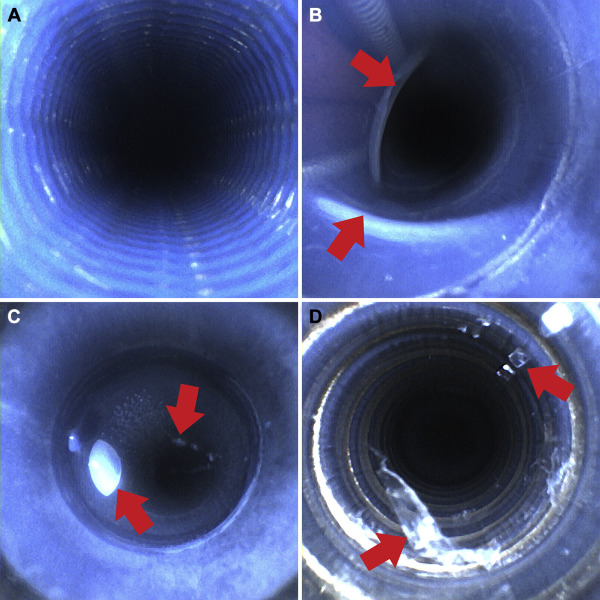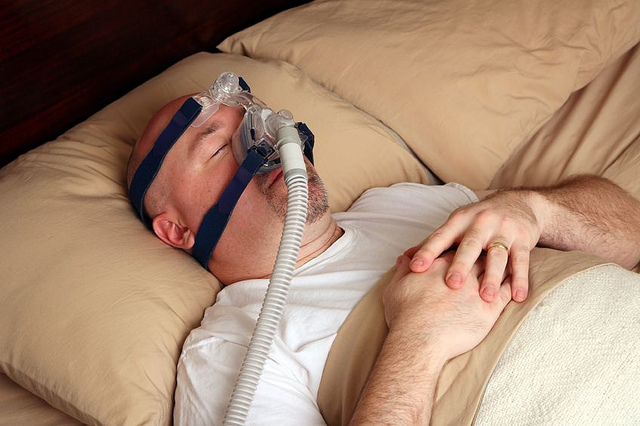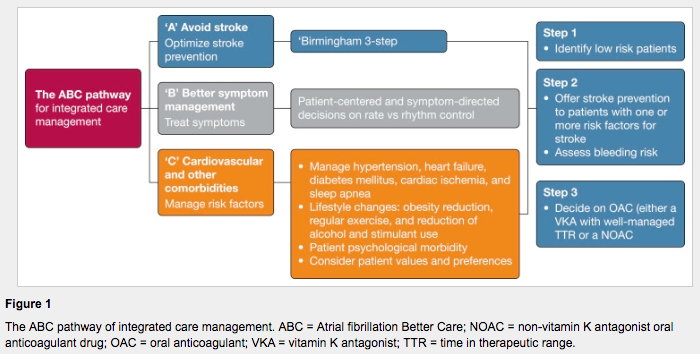Hot in Journal CHEST November 2018
By: Dr. Deep Ramachandran
November 6, 2018

Each month, we ask our Social Media Co-Editors of CHEST to weigh in on the hot topics in CHEST
. It's November, so let's hear from Dr. Ramachandran as he outlines his highlights. After reviewing the issue, be sure to share your hot list on our Facebook wall, tweet with the hashtag #journalCHEST, or discuss in the CHEST LinkedIn group.
What’s Lurking in Your Bronchoscope?
It's fitting that I’m writing this on Halloween, as reading the results of this study were somewhat mortifying. Researchers observed bronchoscope decontamination procedures at tertiary medical centers in the United States, testing the scopes for damage and microbial growth after they had gone through usual cleaning procedures. They found nonadherence to both national and manufacturers’ guidelines in several cases.
Perhaps even more concerning was that bronchoscopes often showed evidence of contamination when guidelines were followed. One hundred percent of bronchoscopes showed evidence of human proteins in their working channels after high-level decontamination. In addition, they found microbial growth in 58% of patient-ready bronchoscopes. The researchers also found enteral pathogens in bronchoscopes, potentially due to cross-contamination between endoscopes and bronchoscopes introduced via a common decontamination process.
There were, of course, caveats. The study did not look at whether microbial growth in these scopes led to patient infections and the authors disclosed that the study received support from a company that is involved in infection prevention. It’s also worth pointing out that, unlike surgical instruments, bronchoscopes are not designed to withstand steam sterilization. Rather, they undergo a process known as HLD or high-level decontamination. This involves manual external cleaning, automated antimicrobial flushing, and drying with high pressure air. This process, according to the CDC, should destroy all microbial growth except for spores and should negate any infection risk.

Figure 2
A, New bronchoscope channel compared with patient-ready bronchoscope channels with (B) dents, (C) residual fluid, and (D) filamentous debris. Arrows in (B), (C), and (D) indicate the location of the irregularities observed.
Reference
Ofstead CL, Quick MR, Wetzler HP, et al. Effectiveness of reprocessing for flexible bronchoscopes and endobronchial bronchoscopes. Chest. 2018;154(5):1024-1060.
It is significant in this study that microbial growth remained even when the specified procedures were followed. The accompanying editorial, aptly titled “Burying Our Heads in the Sand,” notes that a large amount of resources has been devoted to the training of physicians in advanced procedures, including simulation training. However, none of those resources appears to be directed at the issue of bronchoscope decontamination, making it a rather large blind spot in the drive toward patient safety.
Certainly, this is a call to action for physicians, manufacturers, and health systems. We need to review and become more involved in the processing of instruments to ensure patient safety. We assume that when a bronchoscope is handed to us that it has been thoroughly decontaminated. We can assume no longer.
If like me, this study inspired you to learn more about flexible endoscopy decontamination, here’s a useful recommendation: CDC Recommendations on Essential Elements of a Reprocessing Program for Flexible Endoscopes – Recommendations of the Healthcare Infection Control Practices Advisory Committee 
This study also has an accompanying podcast with the authors.
Sleep Apnea May Contribute to Dysphagia
 Previous studies have suggested that snoring may lead to palatal nerve damage that may mediate loss of airway patency at night. To further investigate this, researchers took soft palate biopsies from individuals with sleep apnea who were undergoing palatal surgery and compared them with those of non-snoring controls without sleep apnea. They found significantly less nerve fiber axonal density in the soft palates in those with OSA. Furthermore, this loss of nerve fibers correlated with both swallowing dysfunction and severity of sleep apnea. The researchers theorized that vibrations from snoring may be responsible for the denervation of the soft palate. Thus, raising the possibility that snoring can itself can lead to loss of palatal patency that is a hallmark sleep apnea.
Previous studies have suggested that snoring may lead to palatal nerve damage that may mediate loss of airway patency at night. To further investigate this, researchers took soft palate biopsies from individuals with sleep apnea who were undergoing palatal surgery and compared them with those of non-snoring controls without sleep apnea. They found significantly less nerve fiber axonal density in the soft palates in those with OSA. Furthermore, this loss of nerve fibers correlated with both swallowing dysfunction and severity of sleep apnea. The researchers theorized that vibrations from snoring may be responsible for the denervation of the soft palate. Thus, raising the possibility that snoring can itself can lead to loss of palatal patency that is a hallmark sleep apnea.
Image: CC COM SALUD
CHEST Guidelines: Antithrombotic Therapy for Atrial Fibrillation

Reference
Lip, Gregory Y.H. et al. Antithrombotic Therapy for Atrial Fibrillation. Chest. 2018;154(5):1121-1201.
In this latest edition of the guidelines, the panel again focuses on reduction of stroke risk by examining patient risk factors by using the CHA2DS2-VASc clinical scoring system. The guideline also uses a novel “ABC Pathway,” which stresses an integrated, holistic approach to atrial fibrillation management in individual patients. The guideline also includes several new recommendations and worth a deeper dive.